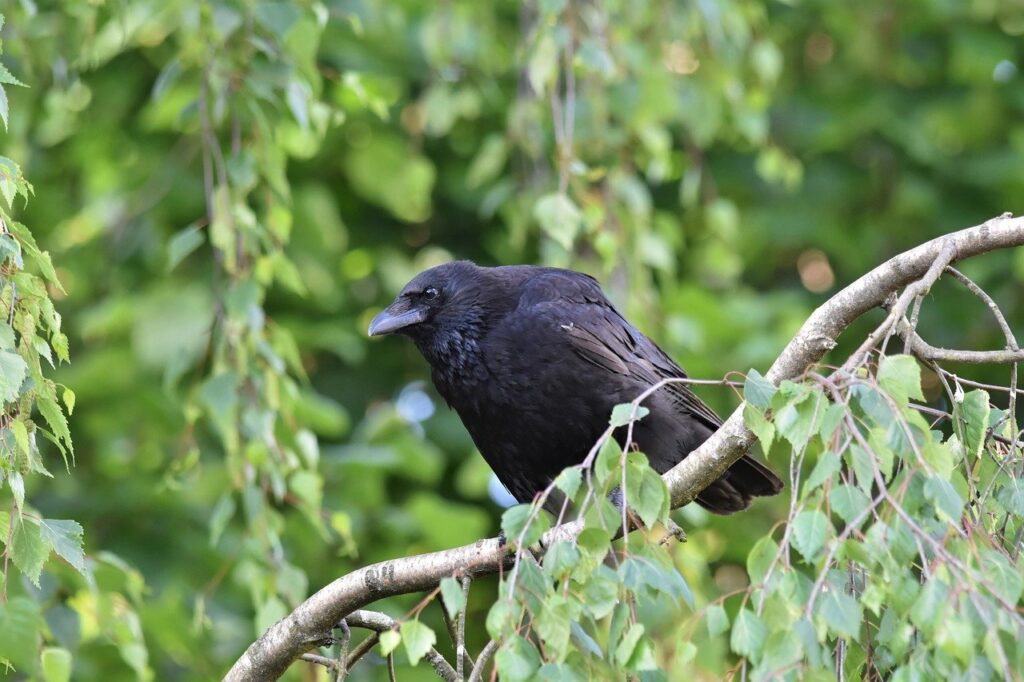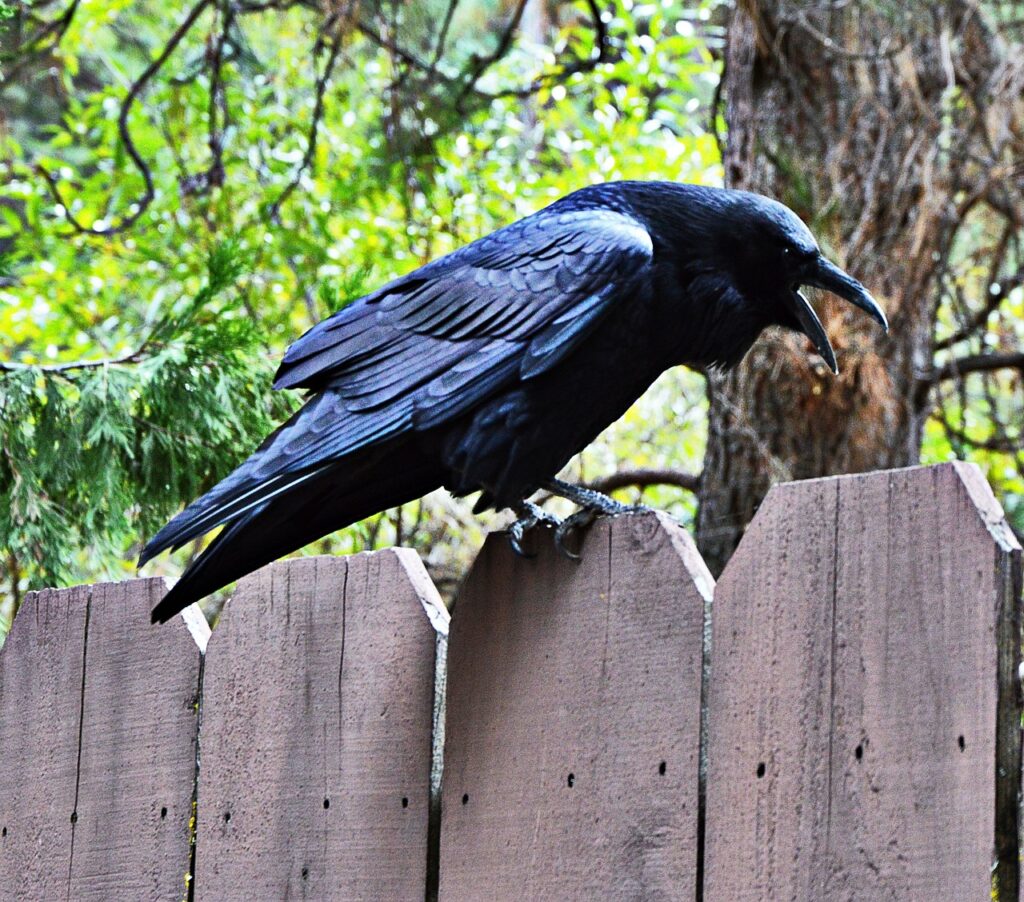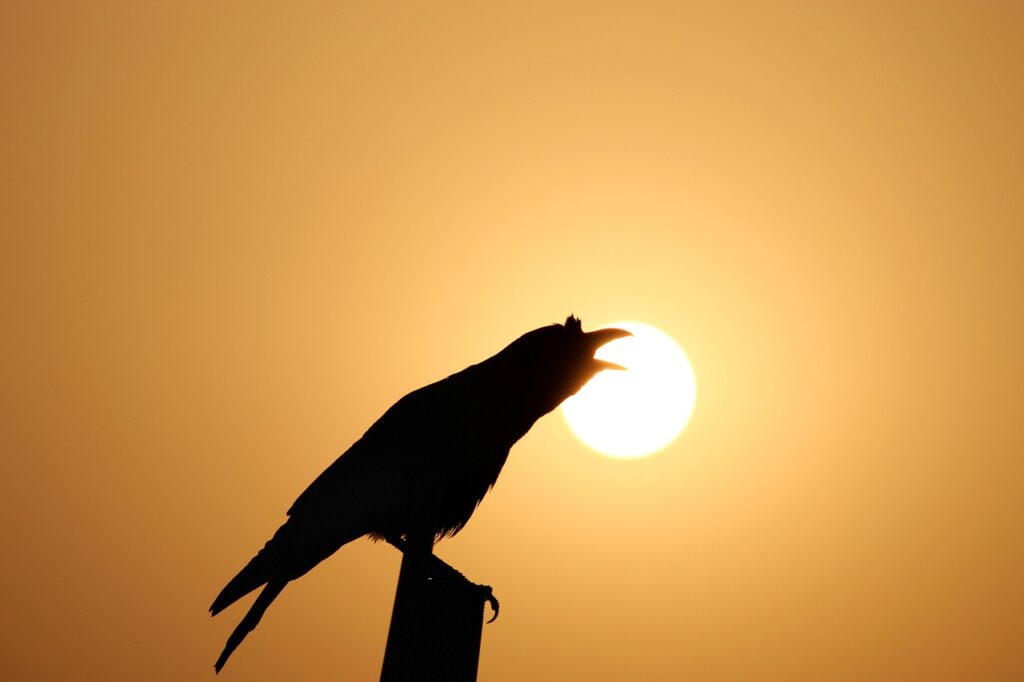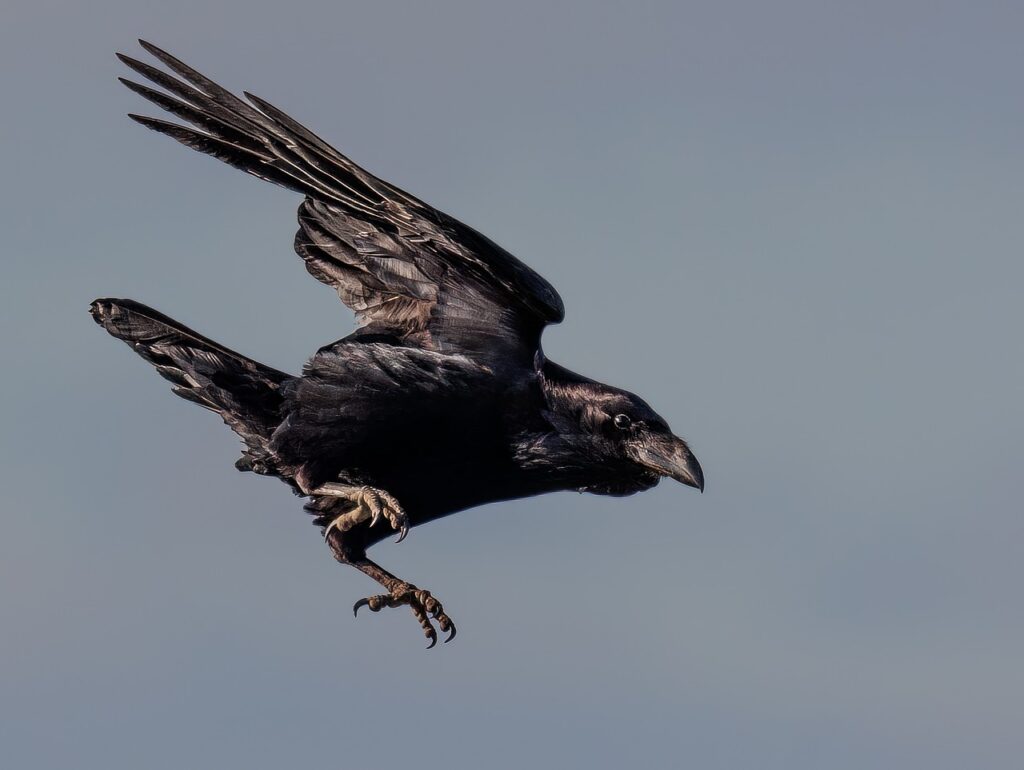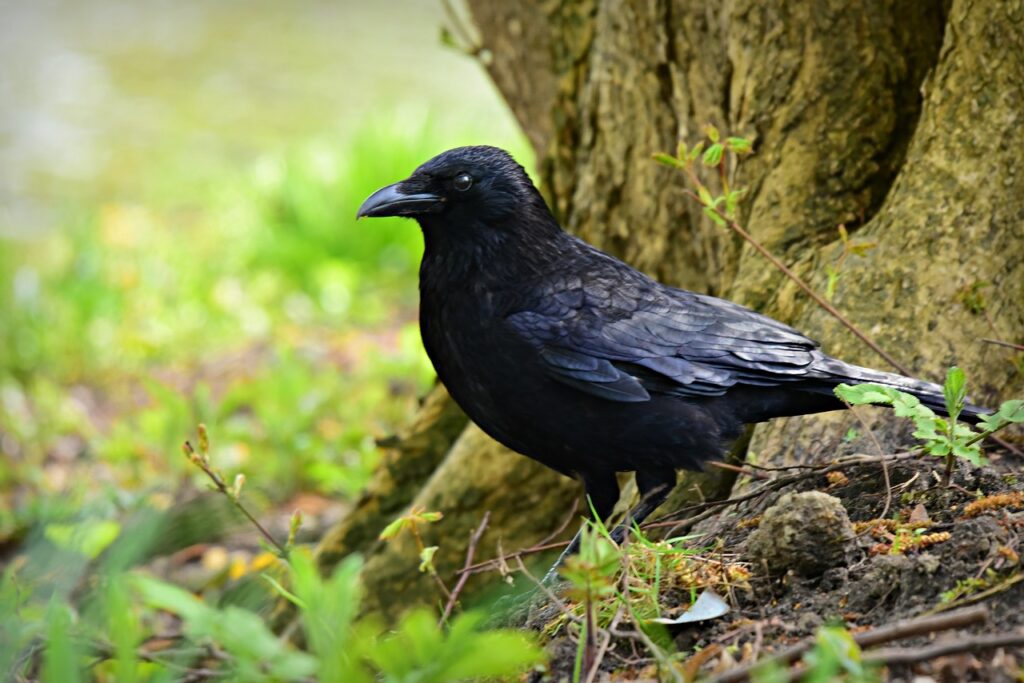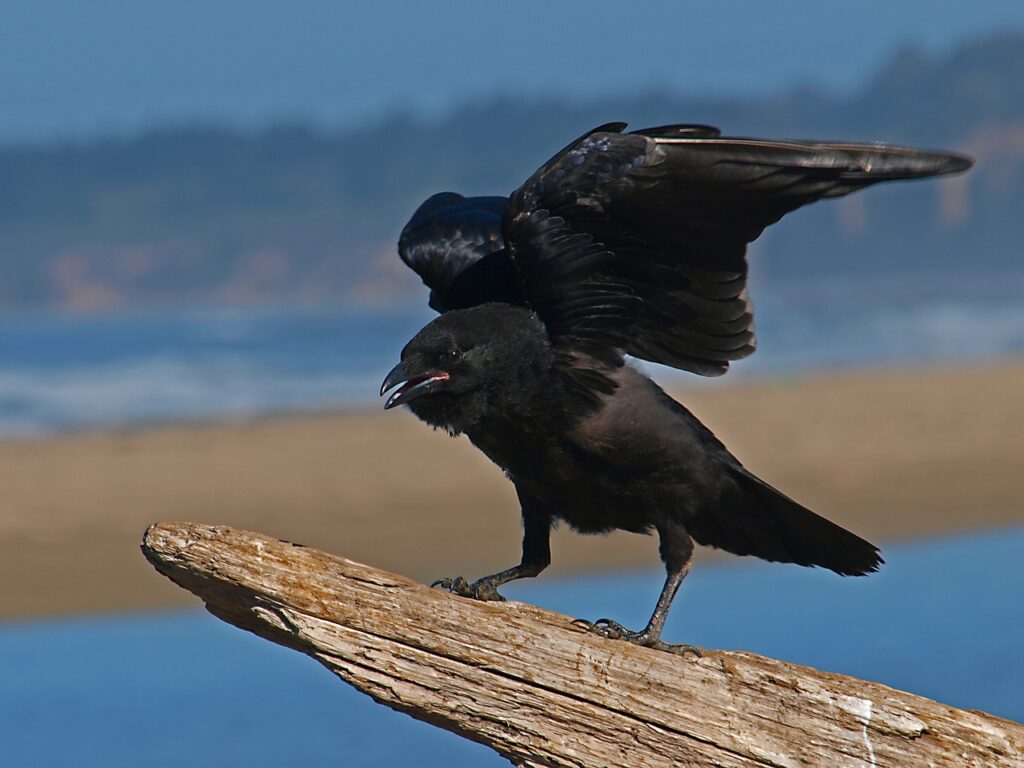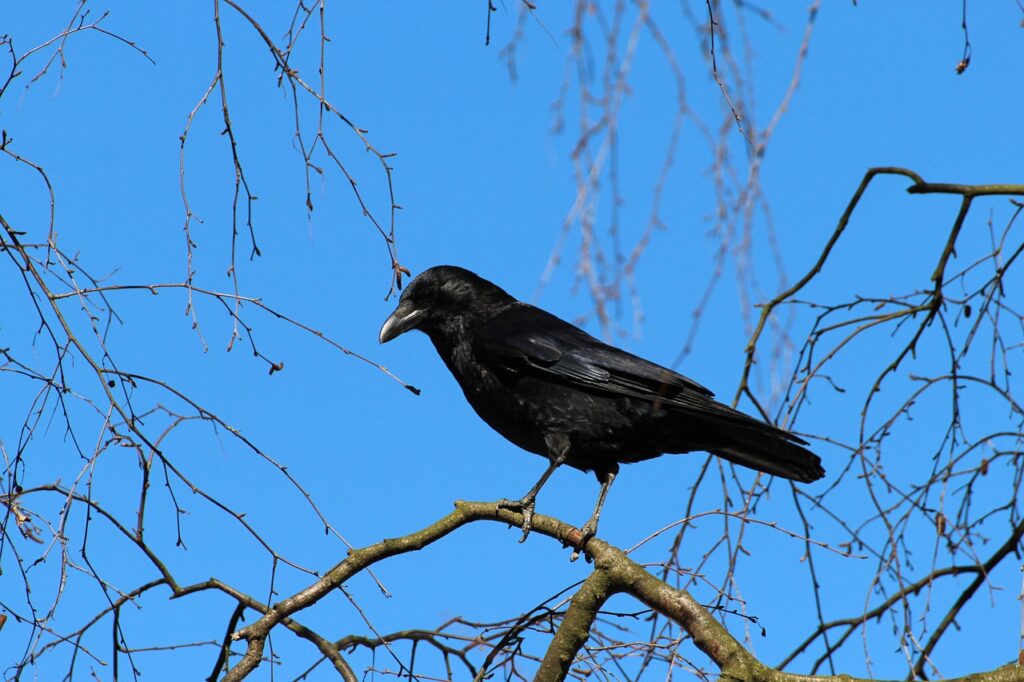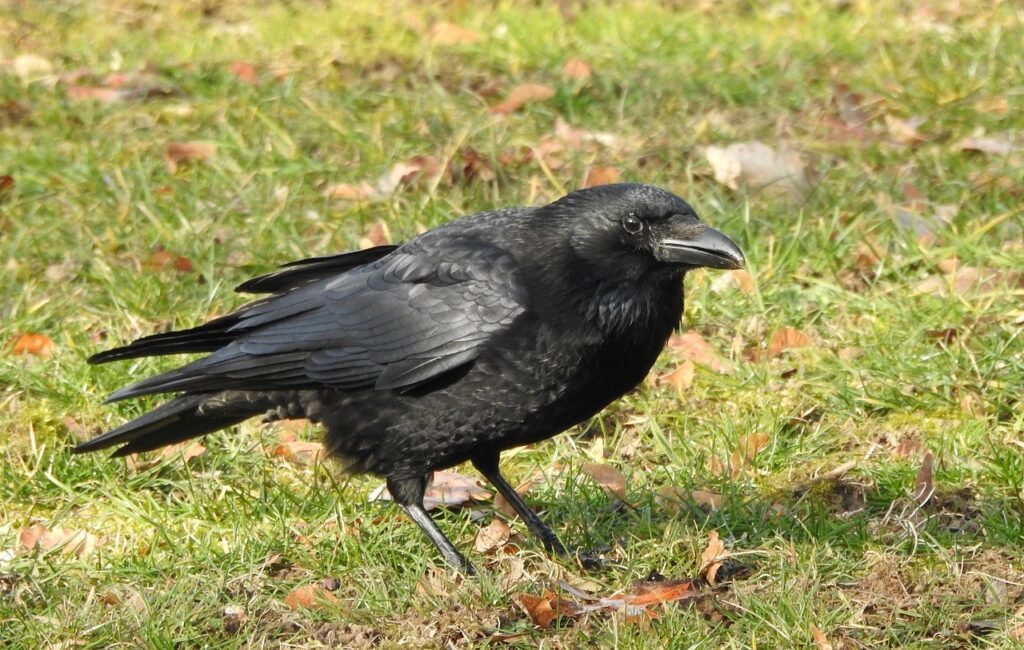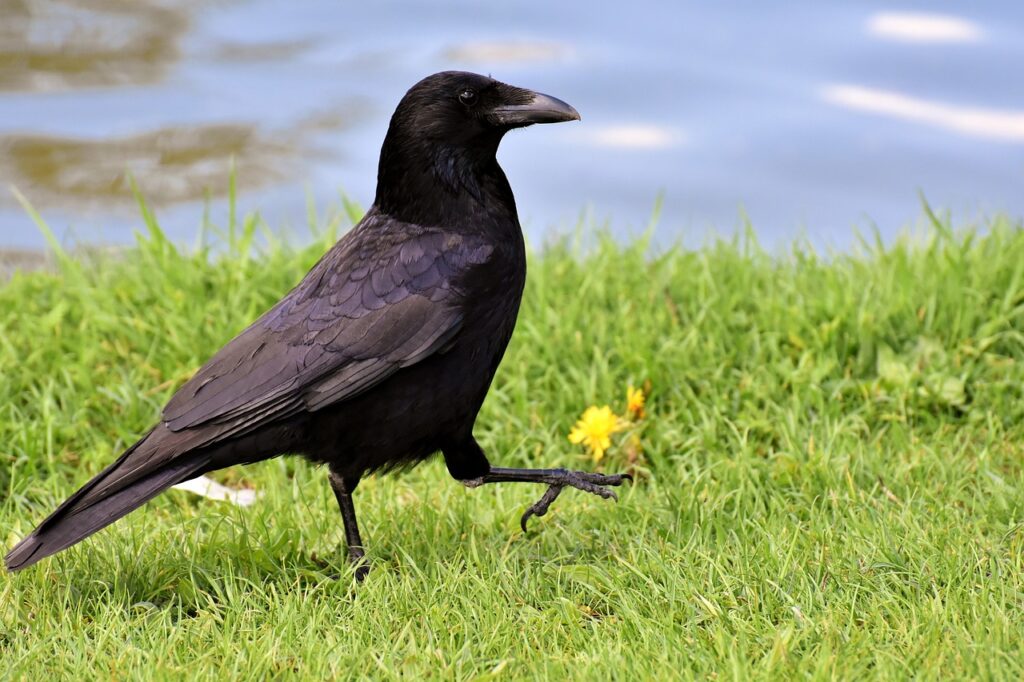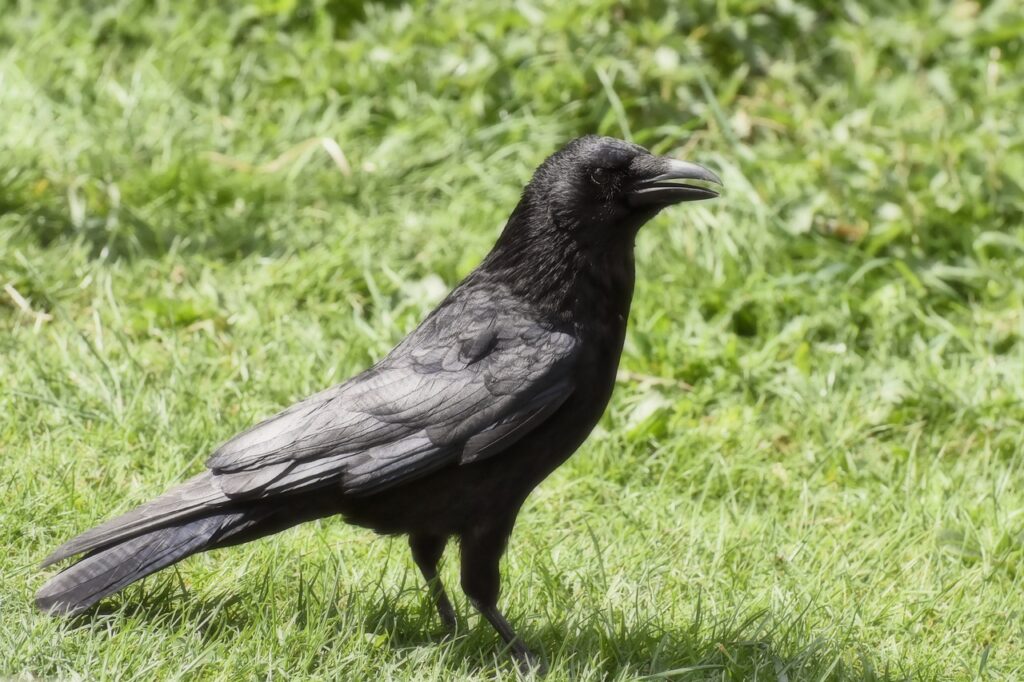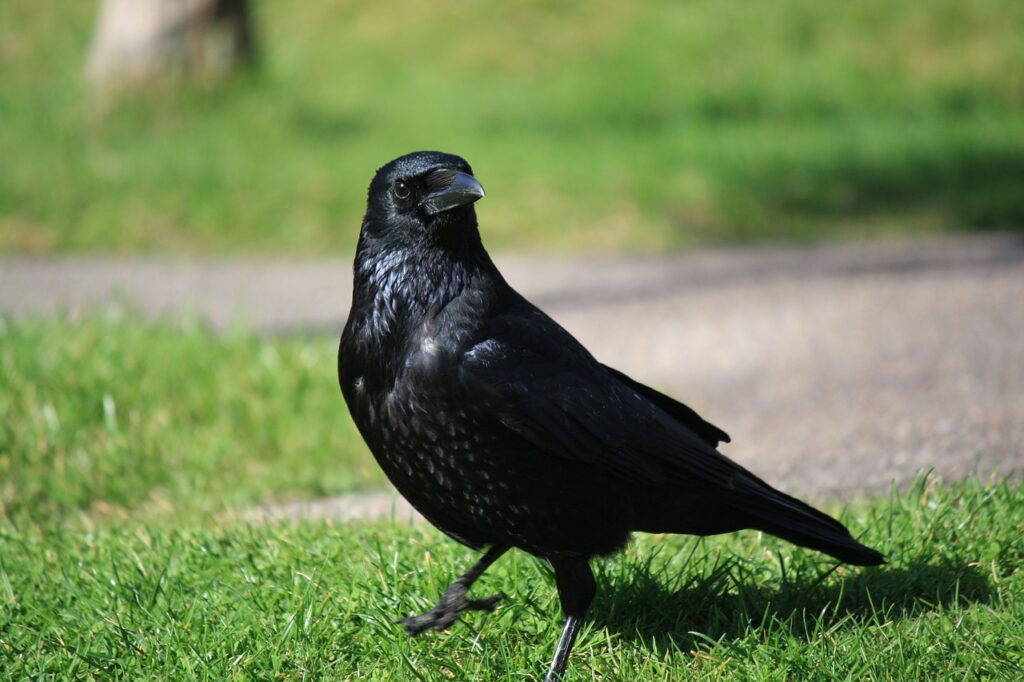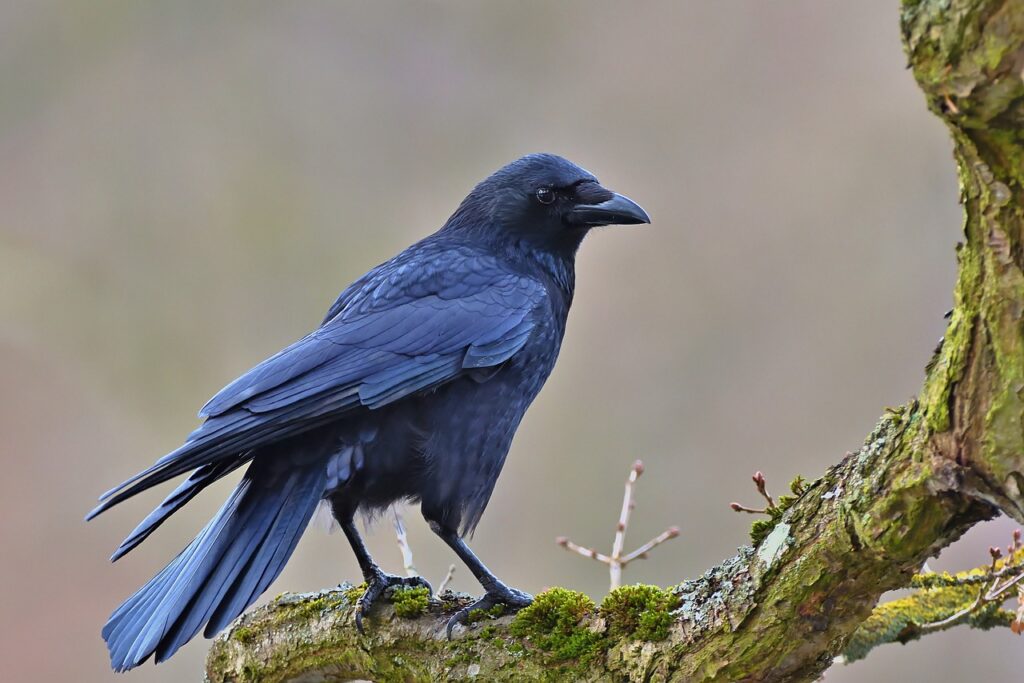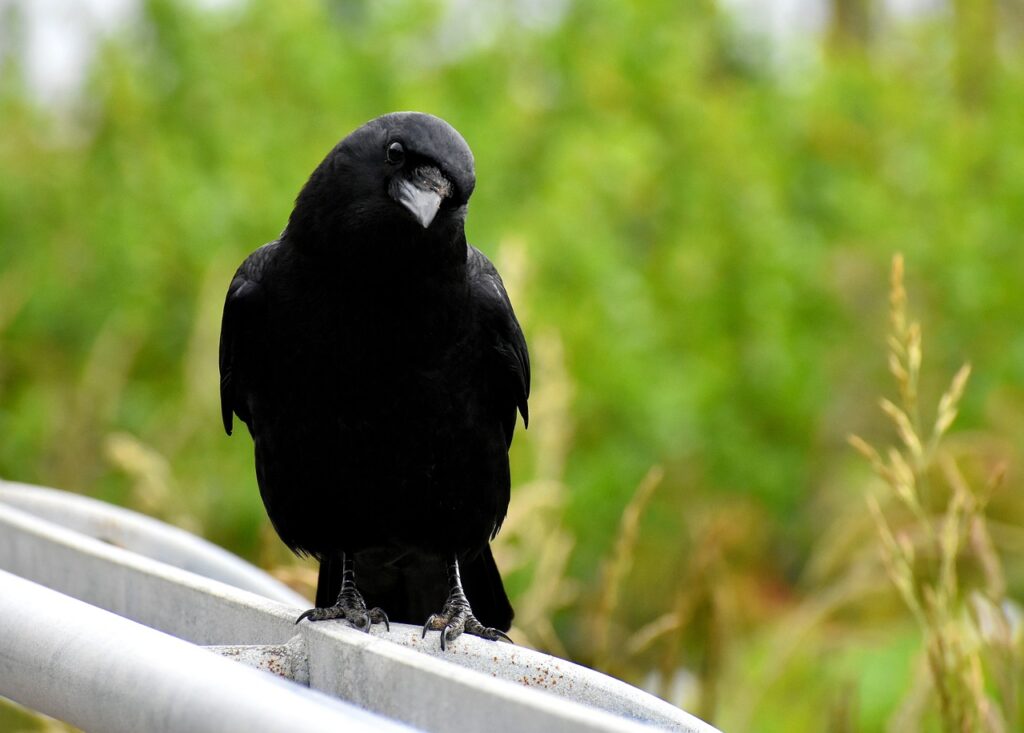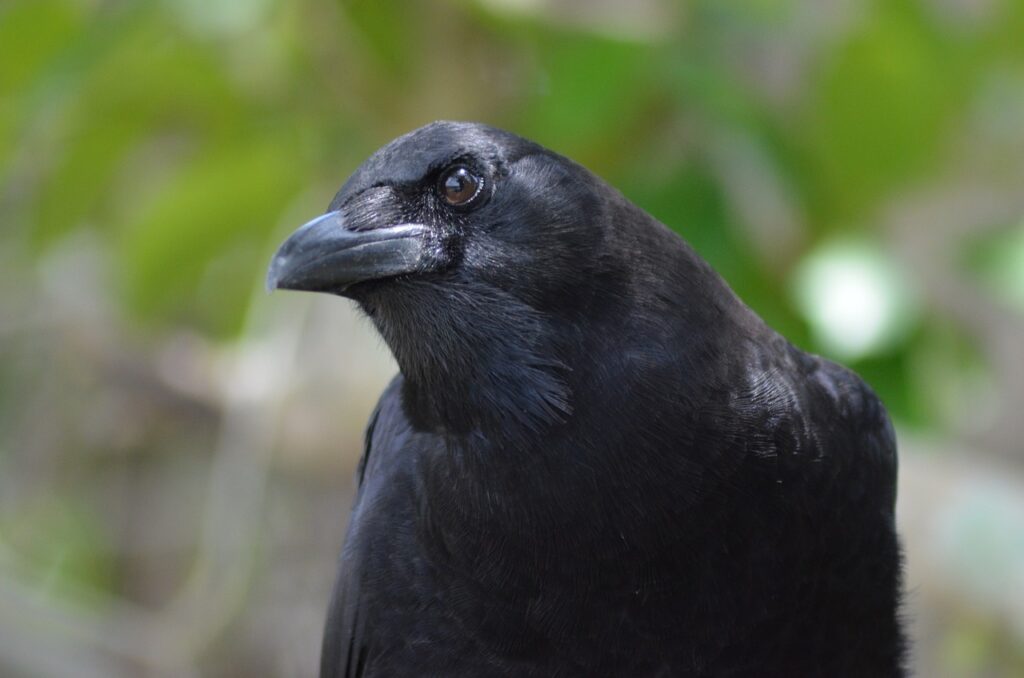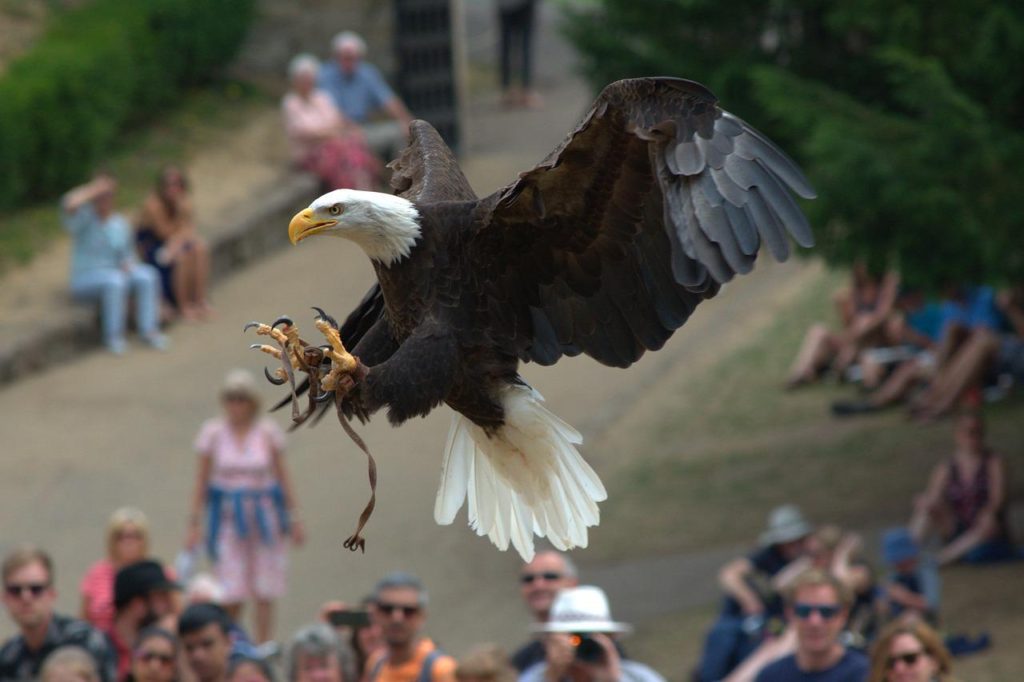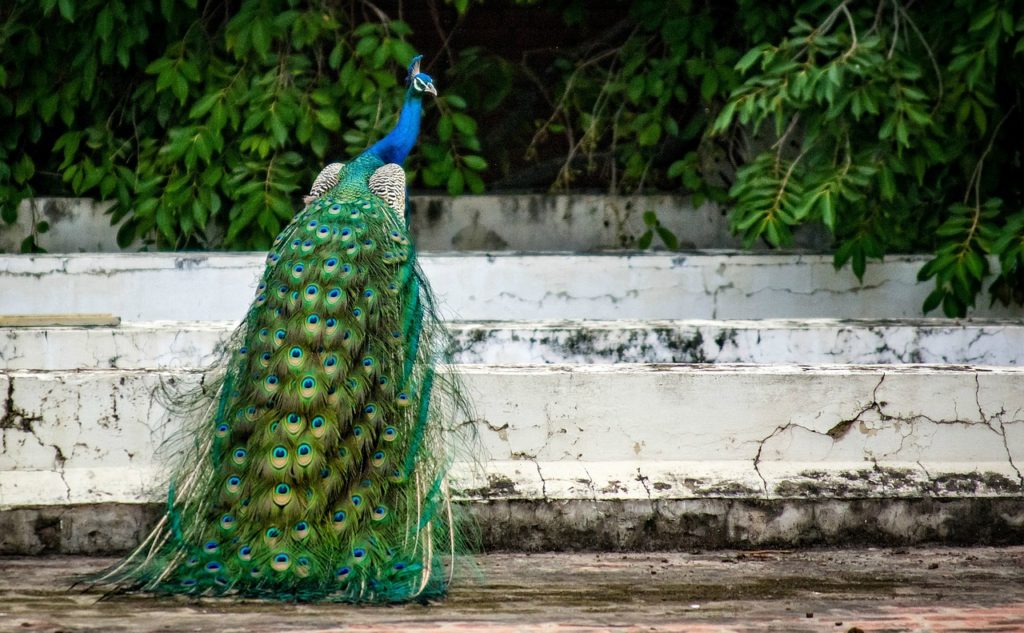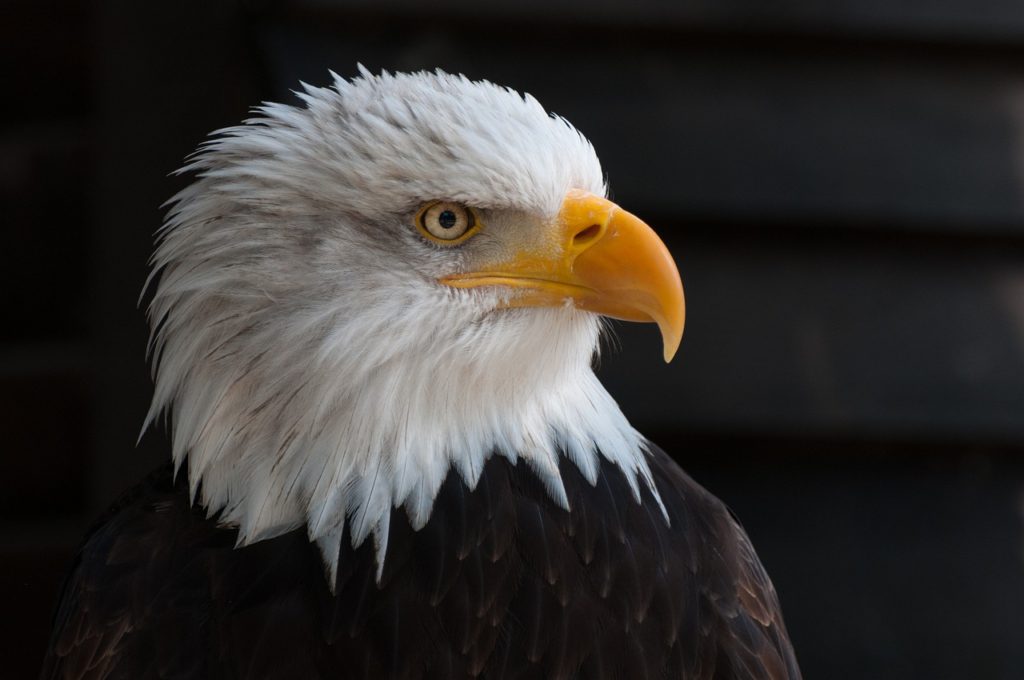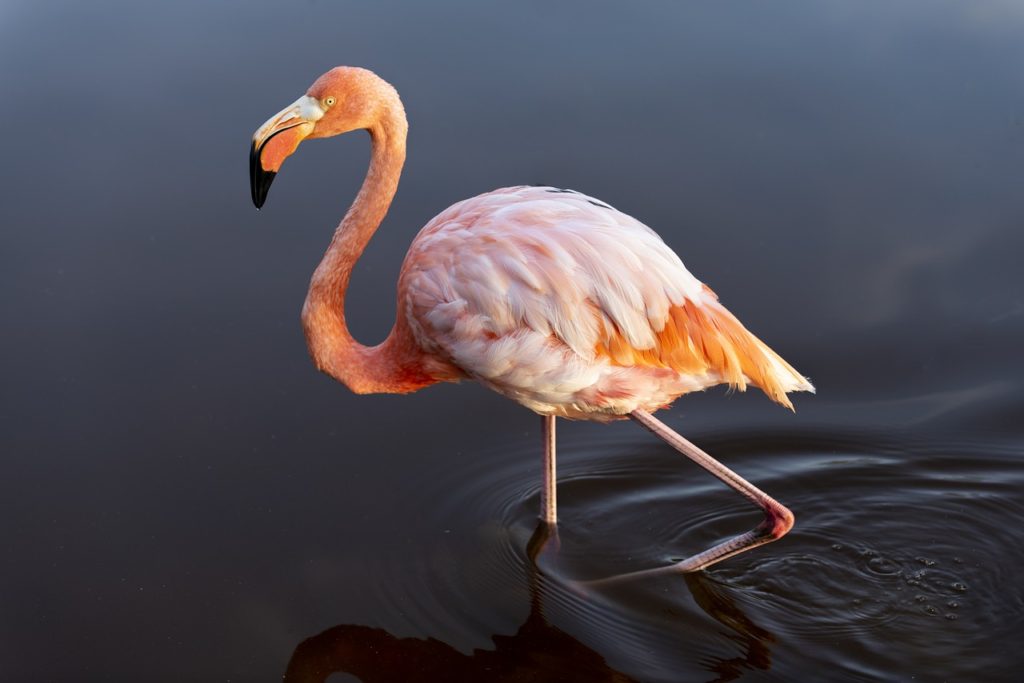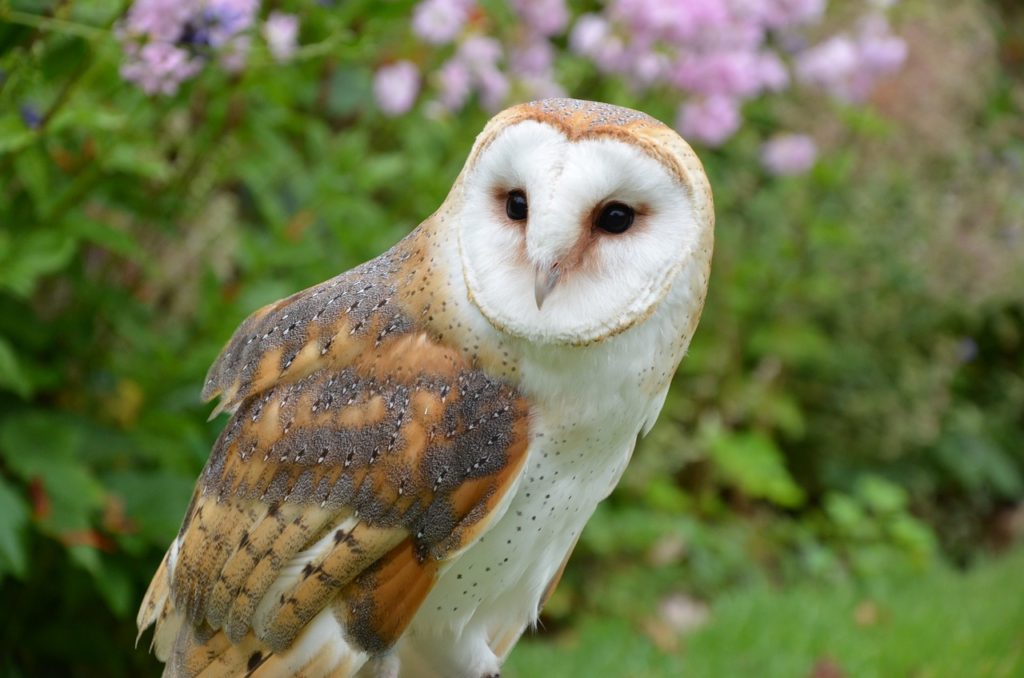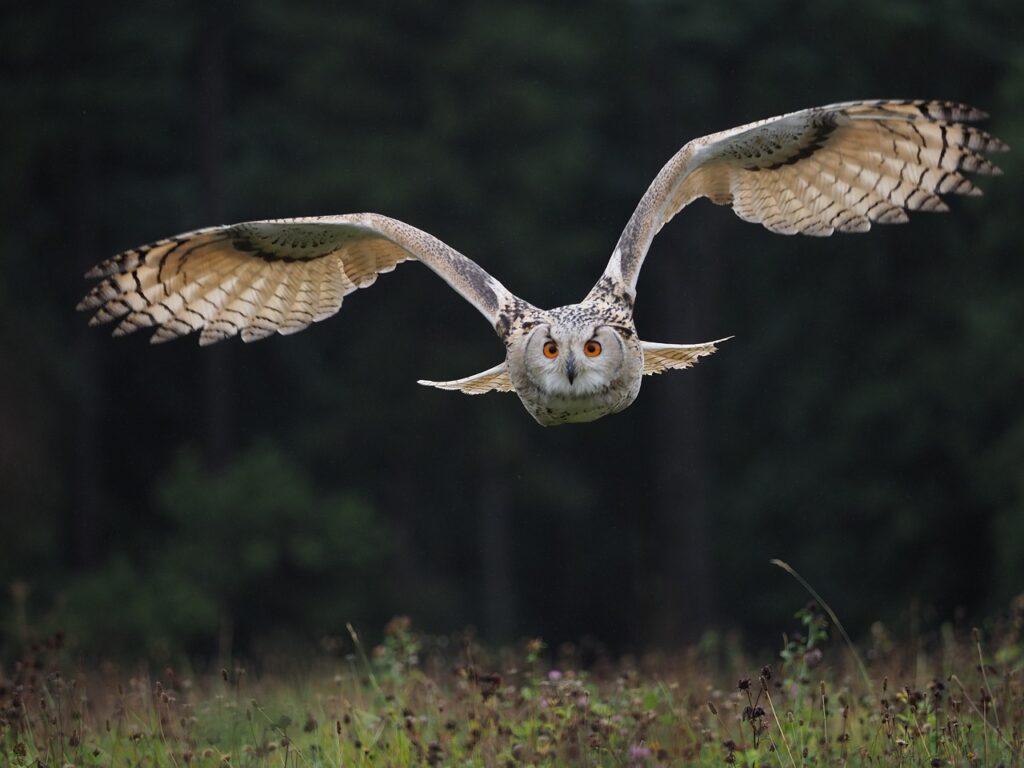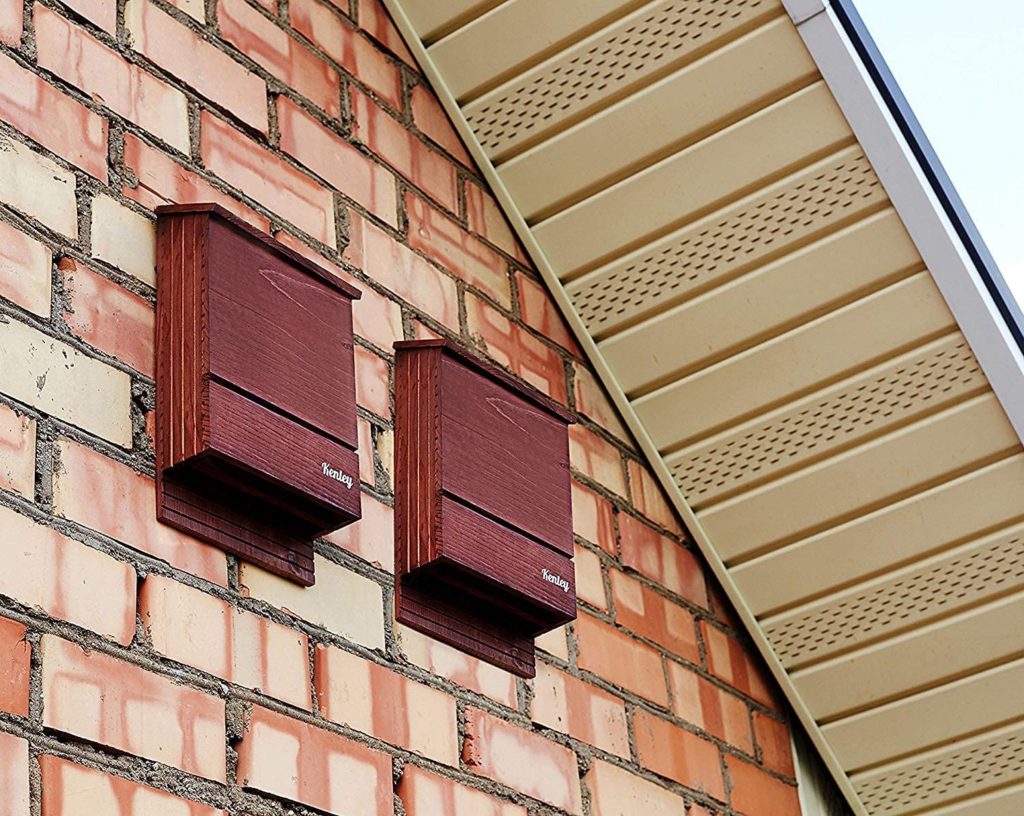
Where to put a bat house is an important decision. If it’s not in an appropriate spot, you may be putting your resident bats in danger. Or you may end up with an empty house since no bats are interested in living in it. So you’ll need to know a few things first in order to pick the right area.
Benefits Of Bats
Having bats in your backyard offers some big advantages. Because most species consume insects they can help to keep the mosquito population down to a minimum. But of course, they will also eat many other insects that are considered to be backyard pests too. And don’t forget the guano.
Bat poop is a fabulous fertilizer and having your very own constant supply is another one of the many bat house benefits you can expect. Bats also help to pollinate many different varieties of plants. However, you can only enjoy these advantages if bats decide to move in. While you can’t force them to pick your bat house as their home, by placing it somewhere that suits their needs they will be much more likely to take up residence in it.
Water
One of the best ways to entice bats into using your bat house is by installing in near water. Bats need water to survive and prefer to roost nearby. Water sources also provide an ample supply of insects for them to eat. Ideally, this means placing a bat house within a quarter of a mile of a river, lake, stream, or pond although manmade options such as swimming pools work too.
Near A Current Roost
Many homeowners already have a roost on their property and are planning to bat-proof the location in the near future. This is often the case in attics or barns. By hanging a bat house as close as possible to the roost before the bats are excluded from it, you can often get them to move right in.
Sunlight
Bats like to roost where it’s hot. So the best bat house spots are areas that receive a lot of sunlight. An area that has at least six hours of direct sunlight per day would be ideal. To get as much midday sun as possible, placing your box so that it is facing the southeast can be a big help.
Not On Trees But Near Them
Many people assume that hanging a bat house on a tree is the most natural solution. However, this is not usually the case. In fact, trees make it easier for predators to climb up and get into a house for a bat snack. Trees also may provide too much shade and therefore don’t allow a house to heat up to the temperatures that bats prefer.
Instead, you can mount a bat house on a pole or the side of a building. (Houses that are mounted on buildings tend to heat up faster which is appealing to bats.) Your bat house should be close enough to trees so that bats can use them to escape from owls and other flying predators that may try to swoop down on them. But at the same time, it should be far enough away from trees that it isn’t shaded by them.
Other Bat House Considerations
You should install your house from ten to twenty feet off the ground. Any branches, shrubs, or possible obstructions close to the entrance of the house will need to be cut back or removed so that the bats can get in and out safely. Keep in mind that an area where the bats will be constantly bothered by people is of course not the best place to put a bat house.
Also, be sure not to place your house directly adjacent to a road. This can put bats at risk of being injured by passing vehicles. Areas where there are strong winds, such as hilltops, should also be avoided since they may cause the house to fall in the future.
The location is the most important factor in attracting bats to a house. And now that you know where to put a bat house in your yard, and where not to, you’ll be able to increase the odds of having your very own resident bats move in.
Start Shopping for Bat Houses!
Crow Symbolism: Everything You Need To Know
Ever wondered why the crow has captured the imagination of so many cultures throughout history? Let's embark on a fascinating journey through the world of crow symbolism, unraveling its mysteries and discovering its significance across various cultures, religions, and...
Creepy Facts About Crows
Crows are highly intelligent birds that have thrived alongside us humans. However, while they are fascinating creatures, at the same time, there are many things about them that many people find quite unsettling. That being said here as some of the most creepy facts...
Why Are Crows So Loud?
As anyone who has heard their loud "caws," can tell you, crows are very noisy birds. In fact, they are considered one of the loudest of all bird species. But why are crows so loud? Read on to find out. The Importance Of Vocalizations Crows use vocalizations to pass on...
What Smells Do Crows Hate?
Crows can be quite a nuisance. And one natural way to deter them is by using scents that they dislike. But what smells do crows hate? Read on to find out! Pest Crows Crows are often considered to be pests. In agricultural areas, they are well-known for causing crop...
Do Crows Remember Faces?
Crows are known for their intelligence. But do crows remember faces? You bet they do! Here's what you'll want to know. Crow Intelligence Crows are brilliant birds. In fact, their level of intelligence is often compared to that of primates. They are so smart that they...
Why Are Crows Black?
American crows are birds with all-black plumage. But why are crows black? Well, there are several reasons. Read on to find out. Bird Color Basics Birds are some of the most colorful creatures on the planet. And they come in an amazing range of colors from white to...
Are All Crows Black?
When it comes to crows, most people are familiar with the image of a sleek-looking solid black bird. But are all crows black? No, they aren't. Here's what you'll want to know. The American Crow Is Not All Crows The American crow is found throughout most of North...
How Long Do Crows Live?
How long do crows live? That's one of the many questions people ask about these familiar all-black birds. Here's what you'll want to know about the lifespan of crows and what affects it. How Long Do Crows Live In The Wild? In the wild American crows have a lifespan of...
Enemies Of Crows
Crows are a common sight in many parts of the world. However, most of us don't realize that these distinctive jet-black birds face a range of threats even when they are in our own backyards. The following are the main enemies of crows. Natural Predators of Crows One...
Predators of Crows
In many places, crows are such a common sight that it can be easy to forget that they actually have many predators. And being "on the menu," for a range of other animals is actually why these birds are so wary. That being said, here is everything you'll want to know...
Are Crows Territorial?
Are crows territorial? The answer is yes. However, just how territorial they are can depend on several factors. Here’s what you’ll need to know. Territoriality In Birds Territoriality is the behavioral trait of defending and maintaining a specific area territory...
What Eats Crows?
Crows are large and highly intelligent birds that eat a wide variety of foods including many other animals. So, what eats crows? Here are the most common crow predators and what you’ll want to know about them. Birds Of Prey The birds of prey are a group of predatory...
Are Crows Friendly?
Crows are commonly seen, and heard, in close proximity to us in our towns and cities. But are crows friendly? The answer may surprise you. Crows Are Highly Social Birds Crows are social birds that live in family groups. And they are well known for forming close bonds...
Do Crows Mate For Life?
Do crows mate for life? Yes, they do. And this behavior is highly advantageous to them. Here's what you'll want to know. How Do Crows Attract A Mate? Crows are social birds; most of the year, they live in small family groups. During the breeding season, however,...
Birds With Talons
All birds have claws. However, only a few types have the scary-looking and dagger-sharp claws called, “talons”. So here are the birds with talons and what you’ll want to know about each of them. What Are Talons? Talons are the claws of a group of predatory birds known...
Birds With Tails
Just like birds themselves, birds’ tails come in a wide range of shapes and sizes. And some tails of course are more interesting and remarkable than others. The following are birds with tails that never fail to impress! Long-Tailed Tit The long-tailed tit, also known...
Birds With White Heads
There's no doubt about it, birds with white heads really stand out. From small to large they are quite a unique bunch. So here are some of the most fascinating white-headed birds and what you'll want to know about them White-Headed Vulture The white-headed vulture is...
Birds That Look Like Flamingos
Flamingos are wading birds with long necks and legs. These social birds live in groups and have strongly hooked downward-facing beaks which they use to feed on shrimp and other small water creatures. And they are famous for their stunning pink color. With such a...
How To Attract Owls To Your Yard
Owls are nocturnal birds of prey that can be extremely helpful when it comes to controlling rodent populations in a natural way. That is of course if you can attract them to your property by creating an owl-friendly habitat. So keep reading to find out how to attract...
How To Get Rid Of Owls In Your Yard
While owls are amazing creatures and can help to function as natural pest control, they are not a bird everyone wants on their property. Fortunately, when it comes to how to get rid of owls in your yard there are quite a few things you can do to deter them. Here’s...
